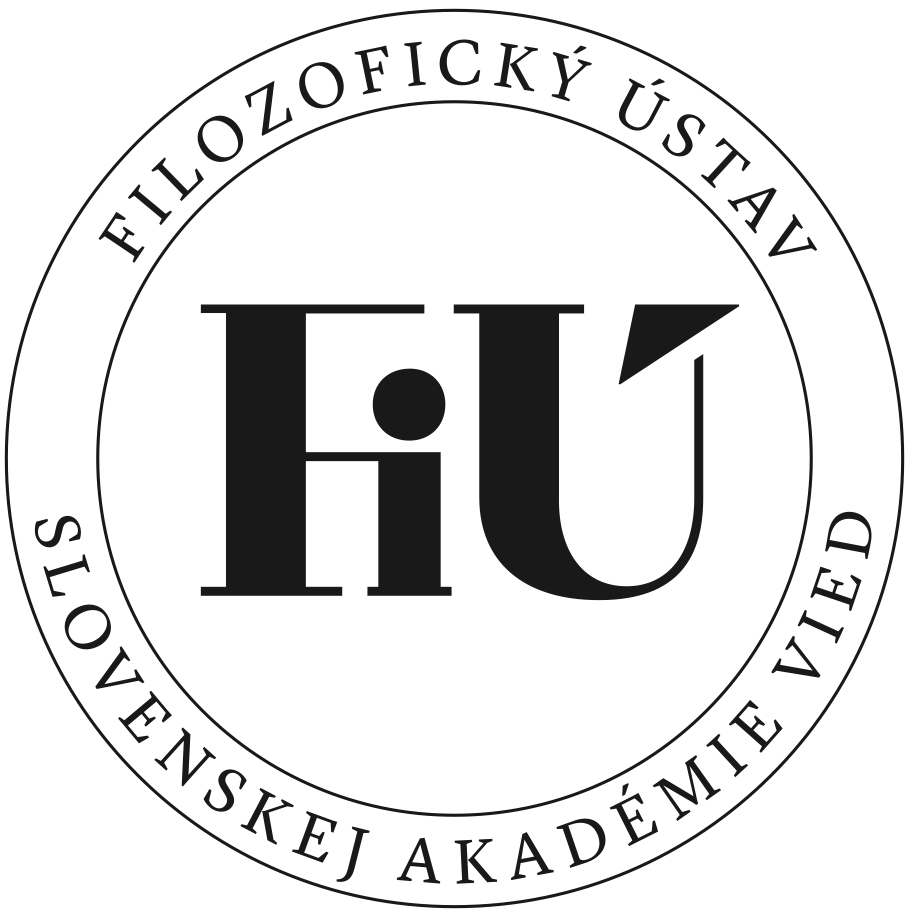Volume 63 (2008), 7
Papers
Abstract
The aim of the study is to analyze two basic stories of human freedom, that of Kant and that of Kierkegaard. In its first part the author tries to uncover the basic motives of both philosophical stories using the film Minority report as the background of his discussion. While according to Kant ethics is the basic manner of true self-under- standing,… Read more
Abstract
Meister Eckhart’s theory of image is closely related to his doctrine of analogy and univocity. It is this linkage, which is highlighted in the article. The article brings several examples of analogical relationality and univocal correlationality which could be found in Eckhart himself and whose importance was recently emphasized in particular by Burkhard Mojsisch… Read more
Abstract
The paper deals with the problem of representation on the background of J. Rancière’s political philosophy, in which he rejects the concept of the unrepresentable. The resolution of the problem follows from the confronting of two conceptions of the unrepresentable: that of the esthetics of the sublime in Kant and Lyotard and of the politics of prohibition in… Read more
Abstract
J.-F. Lyotard described several transformations in art history and pointed out, that the motive power of contemporary art, i.e. modern and postmodern arts, is the sublime. What does this esthetical category mean, if not that to what the common concepts, such as inspiring, admirable, or the transcendent refer? The attention is paid to Kant’s articulation of the… Read more
Abstract
The essay outlines a non-substantialist ontological conception of the work of art, which should grasp the process-like nature of the works of visual art. This process-like ontological model of the work of art draws on following conceptions: (a) the conception of the work of art as an experience in J. Dewey; (b) the conception of the virtual and actual existences… Read more
Reflections
Abstract
The main line of the paper is putting together several Nabokov’s ways of grasping visual images with the help of words, i.e., grasping them within a text. One of Nabokov’s ideas is to write analogically to the work of a painter. A textual description seems to him very verbose and tedious. The other model of his creative work imitates optical illusions. Textual… Read more
Abstract
The connection between art and philosophy is presented in the essay on two levels. On one hand they are conceived as two parallel and autonomous attitudes (as in the analyses of E. Husserl), on the other hand there is a possibility of their intertwining (as in the texts of M. Henry). Both directions are based on phenomenology and focus on the problem of „life“ and… Read more
Orientations
Abstract
The article deals with the relation between body and its environment. According to the author the body is not only a centre of orientation, but also a factor of creative interaction. The role of the senses is analysed, drawing from the phenomenology of Husserl and Merleau-Ponty. On the background of Levinas ideas the body is conceived as the source of the ethical… Read more
